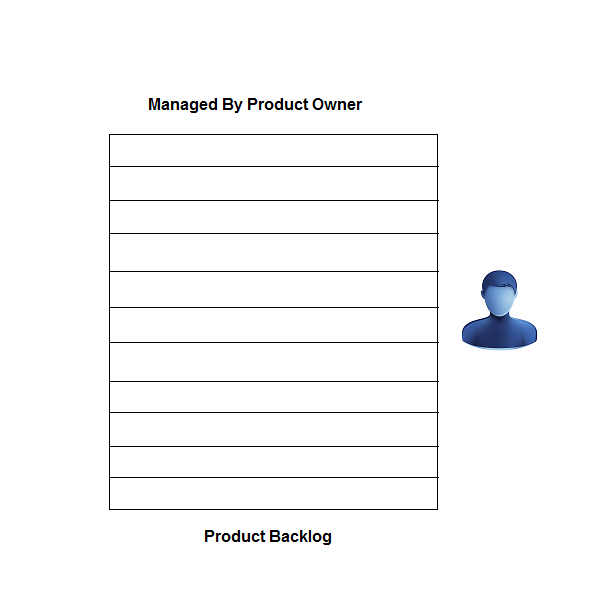Spring Integration - Introduction

In this blog post and the subsequent post, I'm going to write about Spring Integration and also share my experience in using Spring Integration in a live project. To begin with, I will provide a brief introduction to Spring Integration framework and in the next post I will show how to apply it. Much of the content of this post is taken from the Spring Integration official website Spring Integration Reference What is Spring Integration? Spring Integration is a Spring driven framework which supports message driven architecture and provides routing, transformation of messages and implements the common Enterprise Integration patterns, more importantly the "Pipes and Filters" pattern. What is Pipes and Filter Pattern? This is an Enterprise Integration pattern, which is applied, if multiple processing units are required to process a message and we need to increase reuse and also achieve decoupling. The "filters" represent any component that is


